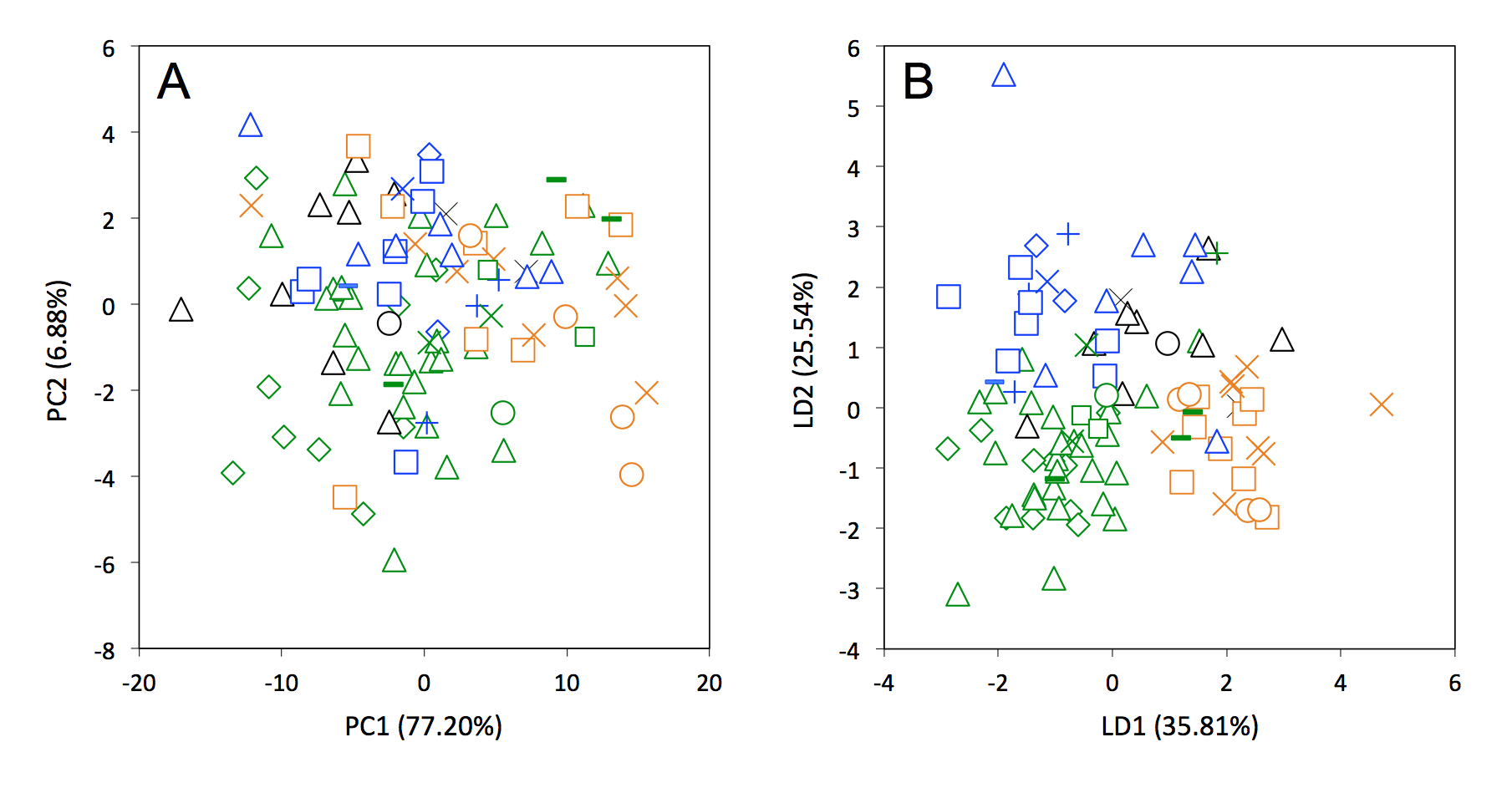The French Tarrasch Variation Pdf Writer
Overview [ ] The King's Indian is a opening, where Black deliberately allows White control of the centre with his pawns, with the view to subsequently challenge it with the moves.e5 or. Drivers Ed Monarch High School. c5. Until the mid-1930s, it was generally regarded as highly suspect, but the analysis and play of three strong Soviet players in particular—,, and —helped to make the defence much more respected and popular. It is a dynamic opening, exceptionally complex, and a favourite of former,, and, with prominent,,,,,, and having also contributed much to the theory and practice of this opening. In the early 2000s the opening's popularity suffered after scored excellent results against it, so much so that even Kasparov gave up the opening after relentless losses to Kramnik. Download Office Suite Pro 6 Apk Gratis. However, Kramnik himself won a fine game on the black side of the KID in 2012, and current top players, and all play the opening. Variations [ ] The main variations of the King's Indian are: 3.Nc3 Bg7 4.e4 d6 [ ] Classical Variation: 5.Nf3 0-0 6.Be2 e5 [ ].


Averbakh Variation The Averbakh Variation is 3.Nc3 Bg7 4.e4 d6 5.Be2 0-0 6.Bg5 (named for ), which prevents the immediate 6.e5 (6.e5? Bxf6 Bxf6 10. Nd5, with a double attack on the f6-Bishop and c7-pawn). Black often repels the bishop with.h6 giving him the option of a later g5, though in practice this is a weakening move. White has various ways to develop, such as Qd2, Nf3, f4 or even h4.
However, Black obtains good play against all of these development schemes. The old main line in this begins with 6.c5 (which keeps the long diagonal open). However, 6.Nbd7 and 6.Na6 ('s move) are also seen.
It is possible that the (of the Modern Defense) can transition to the Averbakh Variation of the King's Indian Defence. Four Pawns Attack The Four Pawns Attack continues with 3.Nc3 Bg7 4.e4 d6 5.f4 0-0 6.Nf3.
IM John Watson analyzes the French Defense Tarrasch Variation 3.c5 4 c3 C05, Universal System 8.a5/8.g5 C06, Winawer Variation 6.Qc7 7 Nf3 C19, Winawer Poisoned Pawn 11.dxc3 C18, Classical Variation 4 e5 7.Be7 C11, Alekhine-Chatard Attack. Naumkin, Rotov-Short. Includes pgn, cbv and pdf download.
This is the most aggressive method for White, and was often seen in the 1920s. With his fifth move, White erects a massive centre at the price of falling behind in development. If Black can open the position, White may well find himself overextended. From this 6.c5 is the main line. • 6.c5 7.d5 e6 8.Be2 exd5 9.cxd5 • 9.Bg4 has been a solid line for Black. • 9.Re8 can be justified with solid play. • 9.b5 is known to lead to sharp, dangerous play.
• 6.Na6 is known as the Modern Variation. This is a move anticipating playing.Nc5 with counterplay. If white makes neutral moves such as 7.Bd3, this has had success. On the other hand, 7.e5 is the most aggressive plan. Fianchetto Variation The Variation 1.d4 Nf6 2.c4 g6 3.Nf3 Bg7 4.g3 0-0 5.Bg2 d6 6.0-0, is named for White's development of his light-squared bishop to g2, and is one of the most popular lines at the grandmaster level, with once its most notable practitioner.
This method of development is on completely different lines than other King's Indian variations. Here, Black's normal plan of attack can hardly succeed, as White's kingside is more solidly defended than in most KID variations. The most common responses are: • 6.Nbd7 with 8.exd4. Black intends to claim the centre with.e7–e5. 7.Nc3 e5 8.e4 exd4 9.Nxd4 Re8 10.h3 a6. Preparation has been made for 11.Rb8, with.c7–c5 and.b7–b5, and sometimes with.Ne5 first. This is known as the Gallagher Variation of the Fianchetto Variation.